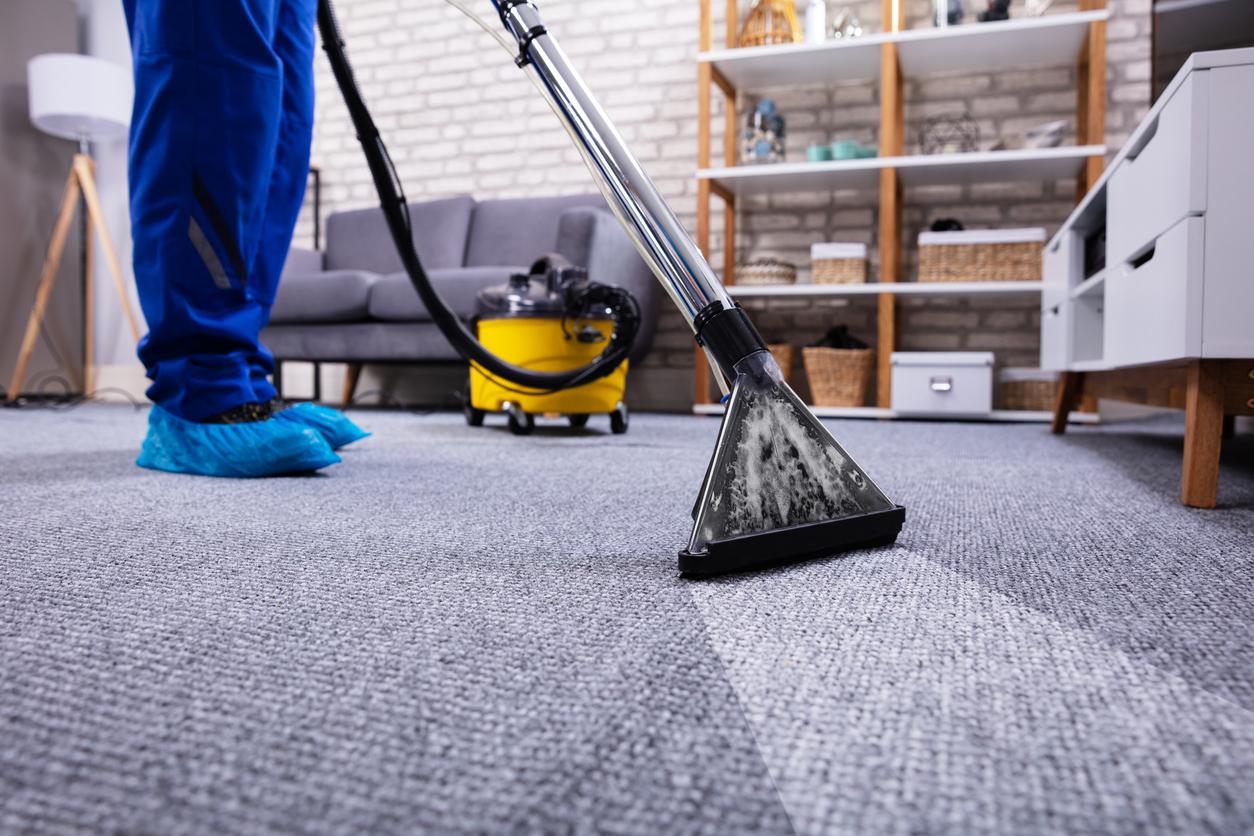
How harmful is wood smoke?
Mindlessly staring at the flames, the warmth that makes you so wonderfully rosy – there is little cozier than an open fire or a wood stove. But what about the wood smoke? How unhealthy is it, and how do you make sure you’re heating properly? Seven questions and answers about wood smoke.
Although the Dutch winters are getting milder, the wood-burning stove is becoming increasingly popular. Not surprising in itself: such a fire is simply very cozy and cozy. But some people also suffer from it…
1. Is wood smoke unhealthy?
Yes, wood smoke is unhealthy. It is known that particulate matter is released when burning wood fires. It is not yet clear whether this particulate matter is just as harmful as, for example, the particulate matter caused by traffic. A lot of research has already been done into, for example, cardiovascular diseases, respiratory complaints and reduced lung function as a result of wood smoke, but the results of these studies do not show a clear causal relationship. The National Institute for Public Health and the Environment (RIVM) does advise limiting the emission of particulate matter as a result of combustion as much as possible. This has everything to do with the fact that air pollution (and particulate matter is a form of air pollution) is harmful to health in any case.
2. Which substances are released when burning a wood-burning stove or fireplace?
Wood smoke consists of a mix of many different substances, gases and particles. The RIVM reports the following substances that can be released during good (!) wood combustion:
- fine dust (including ultra-fine dust)
- inorganic gases (such as carbon monoxide, nitrogen oxides)
- volatile organic compounds (including benzene, styrene, 1,3-butadiene, n-hexane)
- polycyclic aromatic hydrocarbons (PAHs, including benzo(a)pyrene, dioxins)
- aldehydes, phenols, levoglucosan and quinones (such as formaldehyde, cresol and hydroquinone, guiacol and other hydroxyphenols, respectively)
- organic acids (including acetic acid)
- methoxyphenols (specifically in wood smoke).
3. What is the difference between good and incomplete combustion?
Incomplete combustion creates more harmful substances, such as carbon monoxide, particulate matter, organic substances and soot. The wood-burning stove or fireplace also becomes less warm if the combustion is incomplete. The chance of incomplete combustion is greater with older or poorly maintained stoves and fireplaces, but there are more factors that come into play. The heating behaviour, the type of wood, the weather conditions, the ventilation of the house, the type of chimney and the maintenance of the chimney – these are all factors that can contribute to incomplete combustion.
4. How do I see if my wood-burning stove has good combustion?
Good combustion is characterized by a calm and yellow flame in the stove or fireplace, while the smoke coming from the chimney is almost colorless. If the smoke from your chimney is dark in color, then there is incomplete combustion. In the fire itself you can see this in restless flickering flames that are colored orange. If combustion is incomplete, it is important to improve the air supply.
5. What can I do to minimize the harmful emissions of my wood-burning stove?
There are several aspects to pay attention to:
- The size of the stove should be in proportion to the room you heat with it. If the stove is too large, it will quickly become too hot and you tend to smother the fire. The consequence is, however, that the combustion is no longer complete. You will find many – commercial – calculation tools online, but specialized advice is preferable.
- An installer must determine whether the chimney and flue comply with the requirements of the building code. Important, both for your own health and for the prevention of a chimney fire. In addition, a chimney that is too low can cause more nuisance, for example. Also, make sure you have the chimney swept at least once a year.
- Always heat according to the Swiss method: thick wood on the bottom and on top of that smaller pieces of wood crosswise and a few firelighters that you light afterwards. The fire spreads from top to bottom, which is why the Swiss method is also called ‘reverse method’.
- An open door perhaps, but we still call it: only burn dry and untreated wood that has been outside under a shelter for at least two years. If you fire with wet wood – with a moisture percentage of 20 percent or higher – you will get an incomplete combustion. Reclaimed wood, painted wood, impregnated wood, chipboard, plywood: these are all materials that absolutely do not belong in the wood stove or fireplace, because very harmful substances can be released during combustion. Never on the fire, in the stove or in the multi-burner: paper, newspapers, plastic, etc.
- Do not burn in windless or foggy weather, because then the smoke will not be spread sufficiently. The Stookwijzer website checks whether or not you can light a fire based on the air quality and the wind force at your location.
- For wood-burning stoves, all air supply openings must always be open while burning. If it gets too hot, open a window and don’t add new wood to the fire. Due to the risk of incomplete combustion, smothering the fire is out of the question.
- You should always let a wood fire burn out by itself.
6. Do people with a respiratory disease suffer more from wood smoke?
In any case, one suffers more from wood smoke than the other. Apart from that, people with respiratory disease, cardiovascular diseases, older people and children are more likely to suffer from wood smoke. Incidentally, the complaints they experience are not specific to wood smoke: air pollution from traffic or industry causes the same complaints among these people.
7. Is the pellet stove a good alternative to the wood stove?
Not firing at all is of course the best alternative. Do you want to smoke every now and then? Then the pellet stove a possibility. It burns both cleaner and more efficiently than a fireplace or wood-burning stove. However, it is not a good idea to use the pellet stove as main heating, because when you really do daily heating, the pellet stove also produces a considerable amount of particulate matter.
Sources):

















